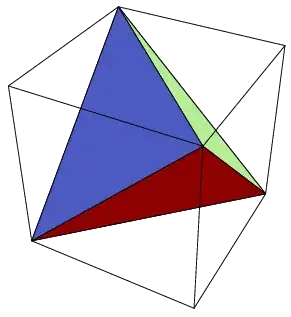Question: I'm asking for a big list of not especially famous, long open problems that anyone can understand. Community wiki, so one problem per answer, please.
Motivation: I plan to use this list in my teaching, to motivate general education undergraduates, and early year majors, suggesting to them an idea of what research mathematicians do.
Meaning of "not too famous" Examples of problems that are too famous might be the Goldbach conjecture, the $3x+1$-problem, the twin-prime conjecture, or the chromatic number of the unit-distance graph on ${\Bbb R}^2$. Roughly, if there exists a whole monograph already dedicated to the problem (or narrow circle of problems), no need to mention it again here. I'm looking for problems that, with high probability, a mathematician working outside the particular area has never encountered.
Meaning of: anyone can understand The statement (in some appropriate, but reasonably terse formulation) shouldn't involve concepts beyond high school (American K-12) mathematics. For example, if it weren't already too famous, I would say that the conjecture that "finite projective planes have prime power order" does have barely acceptable articulations.
Meaning of: long open The problem should occur in the literature or have a solid history as folklore. So I do not mean to call here for the invention of new problems or to collect everybody's laundry list of private-research-impeding unproved elementary technical lemmas. There should already exist at least of small community of mathematicians who will care if one of these problems gets solved.
I hope I have reduced subjectivity to a minimum, but I can't eliminate all fuzziness -- so if in doubt please don't hesitate to post!
To get started, here's a problem that I only learned of recently and that I've actually enjoyed describing to general education students.
https://en.wikipedia.org/wiki/Union-closed_sets_conjecture
Edit: I'm primarily interested in conjectures - yes-no questions, rather than classification problems, quests for algorithms, etc.
